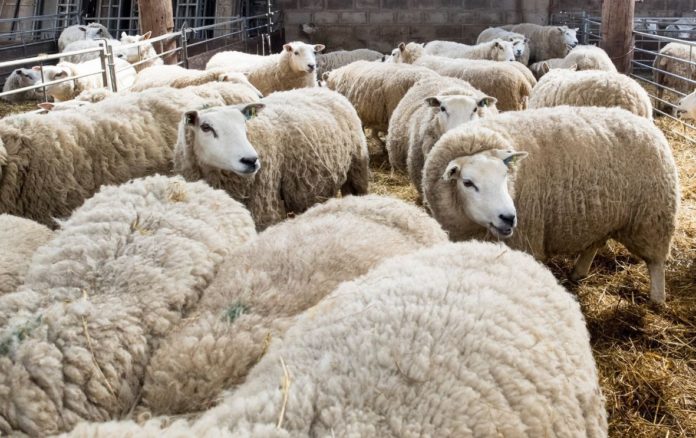As a rule of thumb, each newborn lamb will need to receive 50ml of colostrum per KG of body weight every six hours, according to James Fitzgerald, Teagasc Ballina.
During Teagasc Mayo’s webinar on preparing for lambing, he highlighted to sheep farmers that an average 5kg lamb, when born, will require 1L of adequate quality colostrum in the first day of life.
The Business & Technology Adviser – Drystock commented: “Through ewe nutrition and getting colostrum production levels in the ewe correct, we are going to hope, at least anyway, that the ewe will do a lot of the heavy lifting for us in that regard.”
“When we need to keep this stat in mind is a situation where a ewe, for whatever reason, for example, she is unable to feed her lamb(s), or there is a triplet, and the ewe does not have enough colostrum for all of them.”
Ewe with triplets
He provided the example of a ewe that lambs down with triplets and only has sufficient colostrum for one or two lambs.
In this case, “you should try and aim to get some colostrum into each of the lambs for a start and then top up, if needs be, with artificial colostrum for each lamb”.
In that case, each lamb has received some colostrum from its own dam, which is “more advantageous”, as he outlined.
He continued: “If you were to feed all of the colostrum to the first lamb or two and then make up artificial colostrum just for the third lamb, then the third lamb will not have got the same antibodies into its system, which would be specific for the diseases prevalent on your farm that the first two lambs would have gotten.”
“Its immune system could be compromised going forward, so try and get some ewe colostrum into each lamb, and if you have to top up then, do so accordingly,” he told attendees of the virtual information session.
Previous articles on That’s Farming:





